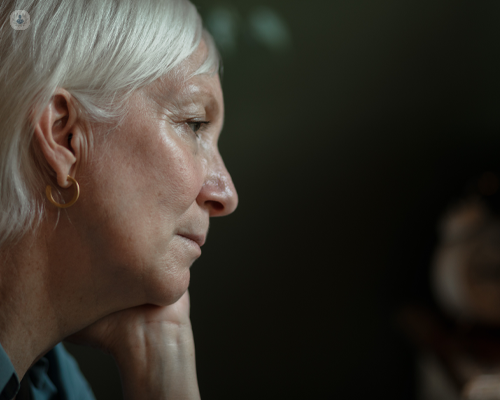Breast augmentation from a consultant oncoplastic surgeon's perspective
Written in association with:Breast augmentation is one of the most common cosmetic surgeries, but from a consultant oncoplastic surgeon’s perspective, it takes on a more nuanced role, particularly for patients who have undergone surgery for breast cancer. Oncoplastic surgeons such as Mr Hussein Tuffaha specialise in combining oncological surgery with plastic and reconstructive techniques, ensuring that patients not only have successful cancer treatment but also achieve the best possible aesthetic outcomes. He tells us all about it, in this informative article.

Breast augmentation after mastectomy or lumpectomy
For patients who have had a mastectomy (removal of the entire breast) or lumpectomy (removal of part of the breast), breast augmentation plays a vital role in restoring the breast's appearance. This process is often part of breast reconstruction surgery, where implants are used to recreate a natural shape and size. The goal is to help the patient regain confidence and feel more comfortable in their body post-cancer treatment.
An oncoplastic surgeon will carefully consider the patient’s individual anatomy, the extent of the cancer surgery, and their aesthetic preferences when planning breast augmentation. The procedure can often be done in combination with other techniques, such as fat grafting or tissue expansion, to ensure natural-looking results.
What are the different types of implants and placement?
There are several options for breast implants used in oncoplastic surgery:
- Silicone implants: These are often preferred for their more natural feel and appearance.
- Saline implants: Filled with a sterile saltwater solution, these implants are less commonly used but may be appropriate in some cases.
The placement of the implants can be either above or below the chest muscles, depending on the patient’s anatomy and desired outcome. The surgeon will tailor the approach to ensure a balanced, symmetrical result that aligns with the patient’s expectations.
Combining breast augmentation with cancer treatments
One of the key challenges for oncoplastic surgeons is balancing breast augmentation with ongoing cancer treatments, such as radiation or chemotherapy. Radiation therapy, in particular, can affect the skin’s elasticity and healing capacity, which must be considered during planning.
In some cases, breast augmentation may need to be delayed until the patient has completed their cancer treatment. Alternatively, surgeons may opt for a staged approach, where a temporary tissue expander is placed during initial surgery, followed by permanent implants once the patient is fully healed.
What are the emotional and psychological considerations of breast augmentation surgery?
For many women, breast augmentation following cancer surgery is not just a physical procedure but also an emotional journey. The restoration of the breast can significantly impact a patient’s self-esteem and body image, helping them to feel more whole after a challenging experience. Oncoplastic surgeons work closely with patients to understand their concerns and ensure that they are fully supported throughout the process.
In summary, breast augmentation from an oncoplastic surgeon’s perspective goes beyond aesthetics. It involves intricate planning, careful coordination with cancer treatments, and a deep understanding of the patient’s emotional well-being to deliver results that are both beautiful and life-changing.
Speak to Mr Tuffaha about breast augmentation by arranging a consultation with him in his Top Doctors profile.


